The Völkerschlachtdenkmal or Monument to the Battle of the Nations is a monument to the 1813 Battle of Leipzig, also known as the Battle of the Nations. It was paid for mostly by donations and by the city of Leipzig, and was completed in 1913 for the 100th anniversary of the battle, at a cost of 6,000,000 Goldmark.
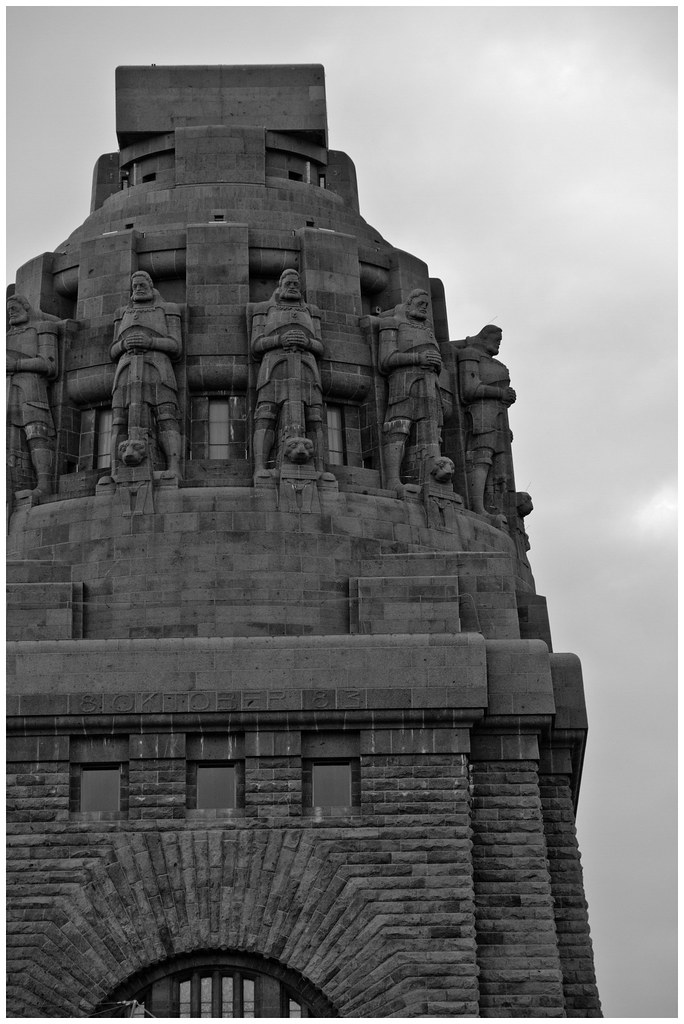
Between 16th to the19th of October 1813, the Battle of the Nations was fought by the coalition armies of Russia, Prussia, Austria and Sweden against the French army of Napoleon aided by Polish and Italian troops as well as German-speakers from the Confederation of the Rhine. Napoleon's army was defeated and compelled to return to France while the Allies invaded France early the next year. Napoleon was forced to abdicate, and was exiled to Elba that spring.
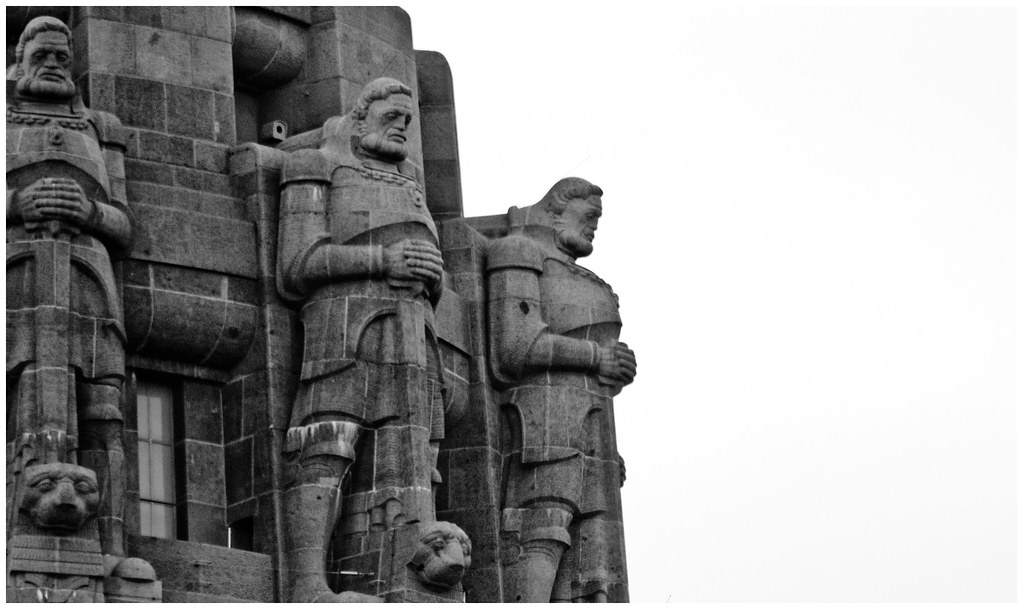
The base is 124 metres (407 ft) large and 124 metres (407 ft) wide. The main structure, at 91 metres (299 ft), is one of the tallest monuments in Europe. It contains over 500 steps to a viewing platform at the top
It is composed of two storys. On the first story, a crypt is adorned by eight large statues of fallen warriors, each one next to smaller statues called the Totenwächter (Guards of the Dead). On the second story, the Ruhmeshalle (Hall of Fame) features four statues, each 9.5 metres tall, representing the four legendary historic qualities ascribed to the German people: bravery, faith, sacrifice and fertility.
During the Third Reich, Hitler frequently used the monument as a venue for his meetings in Leipzig. When the U.S army captured Leipzig on April 18, 1945, the monument was one of the last strongholds in the city to surrender. One hundred and fifty SS soldiers with ammunition and foodstuffs stored in the structure to last three months dug themselves in, but were blasted with artillery and defeated.
Surrounding the monument are oaks, a symbol of masculine strength and endurance to the Germanic people of antiquity. The oaks are complemented by evergreens, symbolising feminine fecundity, and they are located in a subordinate position to the oaks.
The 12 metres (39 ft) main figure on the front of the memorial represents the archangel Michael, considered the "War god of Germans". As of 2012, the monument is under restoration, with work scheduled to be finished by 2013, the year of the two-hundredth anniversary of the battle.
source: Battle of Nations



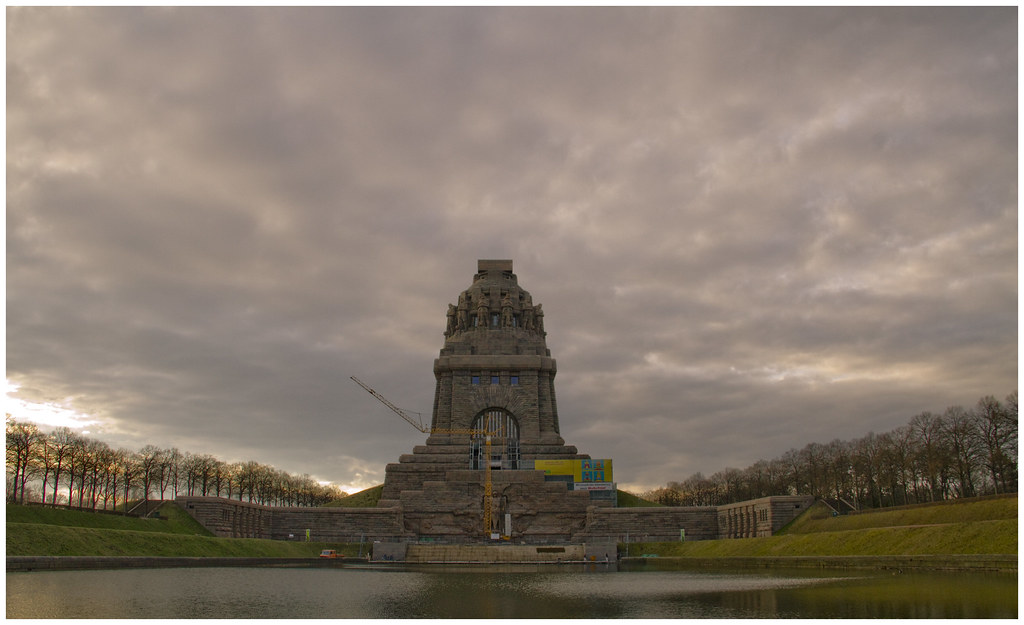
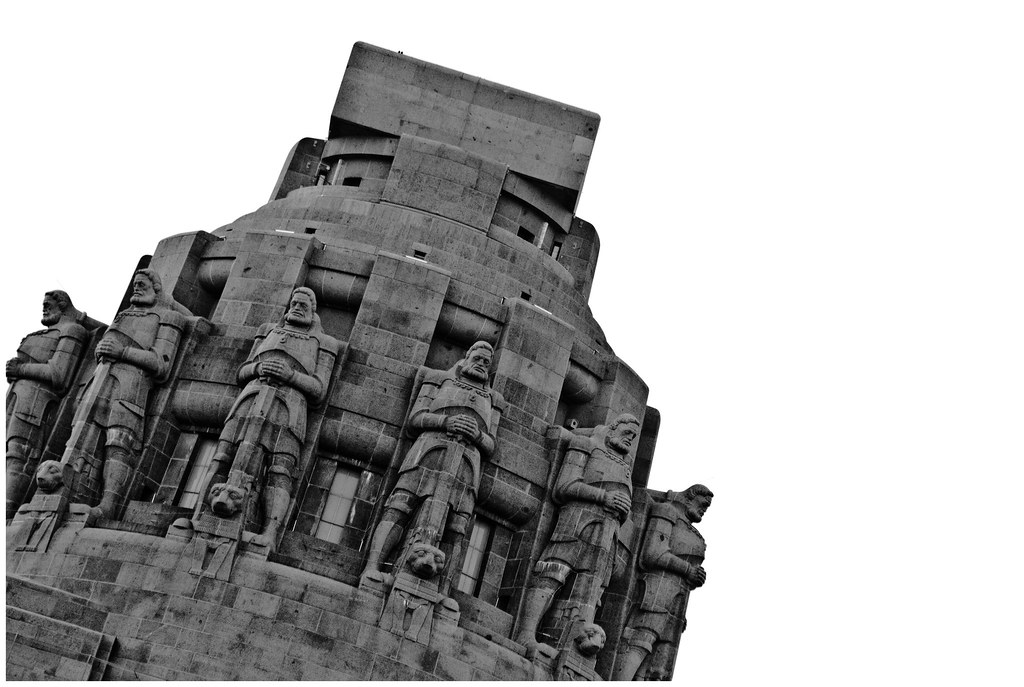
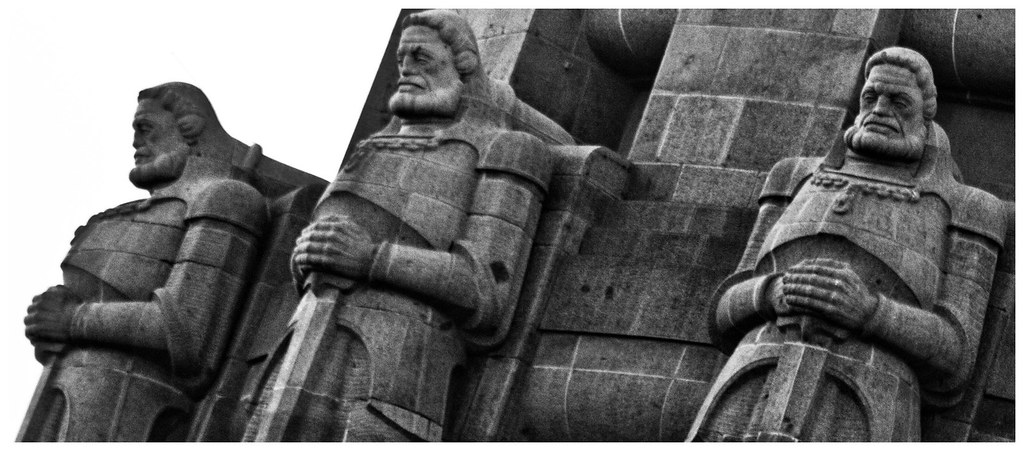

No comments:
Post a Comment